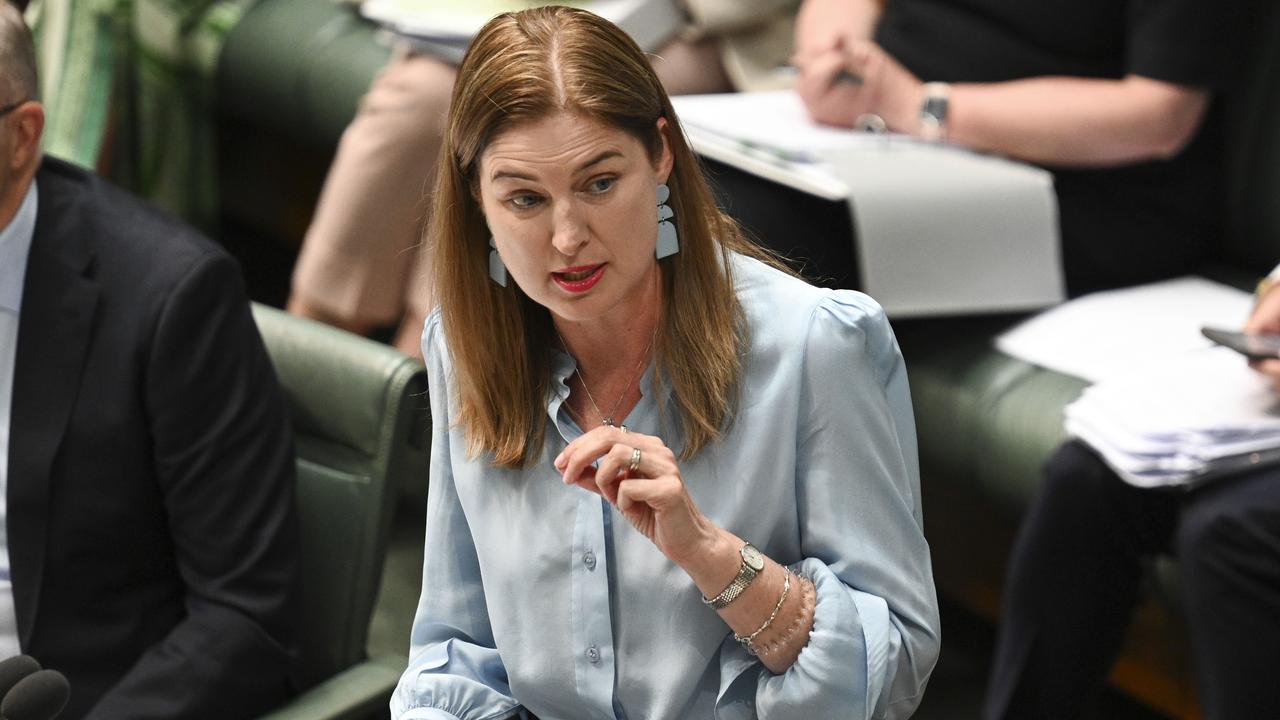Great Australian dream slipping away from aspiring homeowners in one state
The great Australian dream remains unaffordable in one major city, with full-time work no longer cutting it for aspiring homeowners.

The Australian dream of home ownership is slipping further away from the grasp of aspiring homeowners, with the housing market set to remain unaffordable until at least 2031.
The average full-time income is no longer good enough to enter the housing market anywhere in Sydney, new research has found, with experts calling for urgent housing reform.
No one on the average NSW median part-time or full-time income can afford to purchase property in Greater Sydney without extra support, new research led by property experts Mustapha Bangura (University of Technology Sydney) and Professor Chyi Lin Lee (UNSW) has found.
“While we expected the issue of housing affordability to be severe for part-time employment, we found that full-time employees are also significantly affected,” Professor Lee said.
“This highlights the widespread housing affordability crisis and the need for comprehensive policy solutions.”

An affordability index was developed as part of the study, with researchers using a cost-to-take-home-pay ratio of 30 per cent – considered the threshold for housing affordability – to look at which areas of Sydney were affordable based on average part-time and full-time earnings.
Researchers found that nowhere in Sydney was affordable based on the 2021 NSW weekly median income for part-time employees of $600, as well as the weekly median income for full-time employees of $1500, a crushing blow to aspiring homeowners.
Proximity to the city was found to be a factor in the study, with it more challenging for prospective homebuyers the closer the property is to Sydney’s CBD.
However some strata dwellings – typically apartments and units – in parts of Western Sydney did fall over the 30 per cent affordability ratio, but not by much.
“The major consequence of median incomes not being sufficient to enter the housing market in Sydney is that households relying solely on their earnings will have limited chances of achieving homeownership,” Professor Lee said.
“So, it’s clear the Australian dream of owning a home is becoming increasingly harder to attain.”


Unfortunately, for aspiring homeowners, conditions aren’t set to improve until at least 2031.
“We assume that the variables used in calculating entry affordability, including income, lending rate, housing price, and loan-to-value will follow the 2004-2021 trajectory,” Professor Lee said.
“We also assume an absence of global events such as pandemics during the projected period.”
The “bank of mum and dad” was become increasingly important for first-home buyers, while people were needing to lower their expectations significantly in terms of housing preferences, Professor Lee said.
“We may see increasing polarisation of housing submarkets where gaps between neighbourhoods continue to grow,” he said.
“The situation may also lead to housing-induced poverty, where households might forgo other essential activities to cover housing expenses.”
Significant housing reform was needed to ensure housing costs didn’t spiral even further out of reach for first-home buyers, the research found.
“Currently, the focus has been on demand-side policies, such as the First Home Owner Grant, essential to helping more first-home buyers enter the market,” Professor Lee said.
“However, the government should consider doing more to address the supply side in the immediate term.”
This could include fast-tracking the construction of affordable homes targeted at low-income households, Professor Lee said.

“By boosting the supply of affordable housing, the government can help alleviate the pressure on the housing market as a whole and improve affordability for aspiring homebuyers,” he said.
Federal Housing Minister Julie Collins said Australia “doesn’t have enough homes and hasn’t for a long time”.
“For a long time, we haven’t been building the homes that Australia needs and the former government wasted a decade in office while these problems only got worse,” she said.
Ms Collins emphasised the importance of the Homes for Australia plan, which includes the goal of building 1.2 million homes by the end of the decade as well as $32bn for housing initiatives.
“Our target is ambitious because it has to be,” she said.
“We’re stepping up and working across governments, states and territories, local government and the housing sector to tackle the challenges we inherited.”

Overcrowding may be on the rise again as experts warn international students may be particularly vulnerable to Australia’s “tough” rental market.
Renters remain in the deep end, particularly in Sydney, with the national median rent sitting at $600 per week, according to the latest PropTrack figures.
Rental prices have increased by 9 per cent over the past year, while the number of properties available for rent is down 4.4 per cent from last year and 25 per cent lower than the five-year June average.
More Coverage
PropTrack director of economic research Cameron Kusher said a lot of people were struggling under the conditions, as questionable listings pop up.
“A lot of people just don’t have the capacity to pay the rent, and I guess that’s why you see people renting out tiny little pods and tiny little balcony rooms,” he said.
“It speaks to the desperation and the lack of rental affordability in Sydney that these are the lengths or solutions people are having to look for. I don’t think anyone wants to live in those conditions, but some people just don’t have a choice.”





